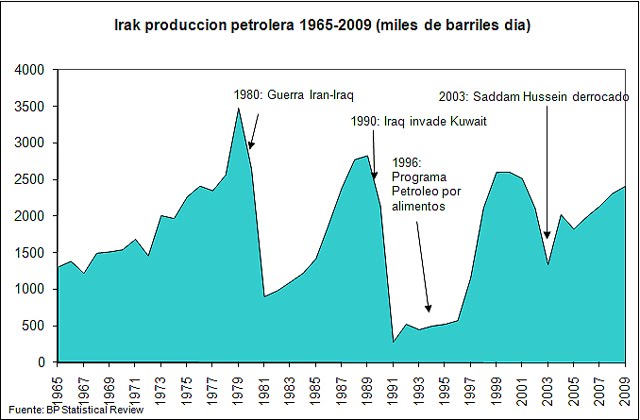(This article, like most in this blog, was published in Cotizalia in Spanish)
The utility sector faces this year the need to renew their strategic plans and give the market an attractive message for shareholders. It is not easy, as most companies have clear that the next five years will not see the electricity demand growth the industry enjoyed between 1990 and 2008. So the biggest risk facing the sector is to give overly optimistic messages or growth targets that are difficult to digest by the market, which would negatively impact their shares. And remember what a dreadful market performance we have seen in the past two years among large integrated utilities like Enel, Gaz de France-Suez and E. On even when they have published acceptable results.
Transmission companies are fully regulated, so they have it relatively easy, because their investment plans are guaranteed by the government with a minimum return. The complex part is to justify the multiples at which they trade (the highest since 2000) without giving the market an assessment of their minimum growth in regulated assets (RAB). Added to the equation the fact that the regulators have a nasty habit of delaying the simplest decisions for months, and the risk increases. It is therefore absolutely necessary to clarify the regulatory environment, and confirm the growth expectations. If not, we return to the regulatory risk discount that affected National Grid and the Spanish companies for years.
Large integrated groups have a harder task ahead. They face an environment without significant growth in demand, with some excess capacity in generation, and the industry no longer has the strong balance sheets that facilitated large corporate mergers. With a sector in Europe committed to divest more than €15 billion, it is difficult to see asset price inflation to levels of 2004-2006, as it’s a buyer’s market. Therefore, the challenge is to clarify how to create shareholder value when the macroeconomic environment is complex.
From my point of view, the Spanish companies can boast of having managed the 2009 crisis better than their European competitors. And they should exploit three key areas:
– The first is to clearly show their competitive advantage in costs. For example, compared with European companies, the Spanish, on average, have reduced their costs in 2009 by 7%. This ability to manage complex environments is essential to create value.
– The second is to focus on Return on Capital Employed and managing the investment process. Being bigger is not better or more profitable. Spanish companies have shown to be capable of generating superior returns to its peers (9.8% compared with those of Europe, 8%) while reducing unnecessary investments in over €8 billion despite the fall in demand for electricity and gas in Spain, which has been above the European average.
– The third is to commit to a policy of Total Shareholder Return. Once the process of reducing corporate debt has been completed, and so far it has been done remarkably well, with more than €13 billion average reduction in debt in the sector, the message should focus on profitability for shareholders. The key is to reduce exposure to low-return assets, crystallising value in the most attractive ones, as they did floating the renewables divisions, and could do again with the distribution or nuclear generation, while ensuring a minimum absolute dividend and the improvement in book equity.
This is a year in which companies will have to compare themselves with others, and show that they do better than average. Focusing on returns generated at the bottom of the cycle, ensuring shareholder remuneration and managing the balance sheet will be what differentiates the winners from the losers in the market. The empire-building strategies of European multinationals have driven the sector to a six-year relative minimum PE to the market. Now it’s time to differentiate strategies.
